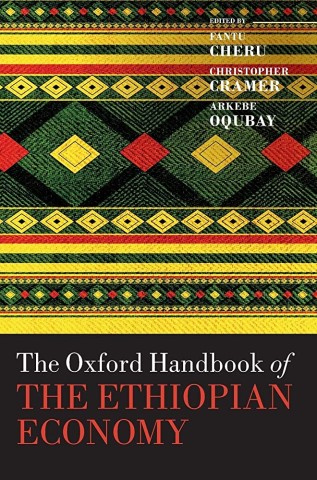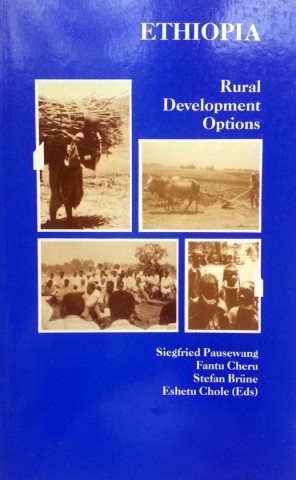Started in 2015, published in 2019, and penned by leading thinkers on the Ethiopian economy (Fantu Cheru, Christopher Cramer, Arkebe Oqubay) "The Oxford Handbook of the Ethiopian Economy" is a treasure. Standing at 955 pages, I am aware of no similar effort to cover the diversity of the country's economy. The contributing authors are a whose-who of experts, and this is really a testament to the editors and their leadership in bringing this collection together. Even listing the titles of the 50 chapters is beyond what this brief post can offer. Unfortunately, the book is not Open Access and prohibitively expensive (particularly for readers in Ethiopia), running at US$135 from Oxford University Press.
For readers not familiar with this collection, the main sections are: (1) Context, concepts, and history, (2) Economic development, (3) Social policy and development, (4) Agricultural and rural transformation, (5) Industrialization and urban development, and (6) Structural transformations and the African context. There are some interesting gaps; khat makes only brief mentions despite playing an important economic role nearly on part with coffee, which has two chapters; FDI in the agricultural sector is also interestingly not covered in depth, particularly the large scale acquisitions (which were very apparent by 2015 when the project began). Potentially more broadly, the role of politics and governance, while it is interwoven, might have played a stronger role (not in the sense of the Growth and Transformation Plans, but more in the realm of political economy, which Clapham adds a chapter on). Readers have the benefit of hindsight on this. Compared to when the project started in 2015, it was a completely different Ethiopia when the book finally hit the market in 2019. A wonderful resource, unparalleled, and highly recommended.


